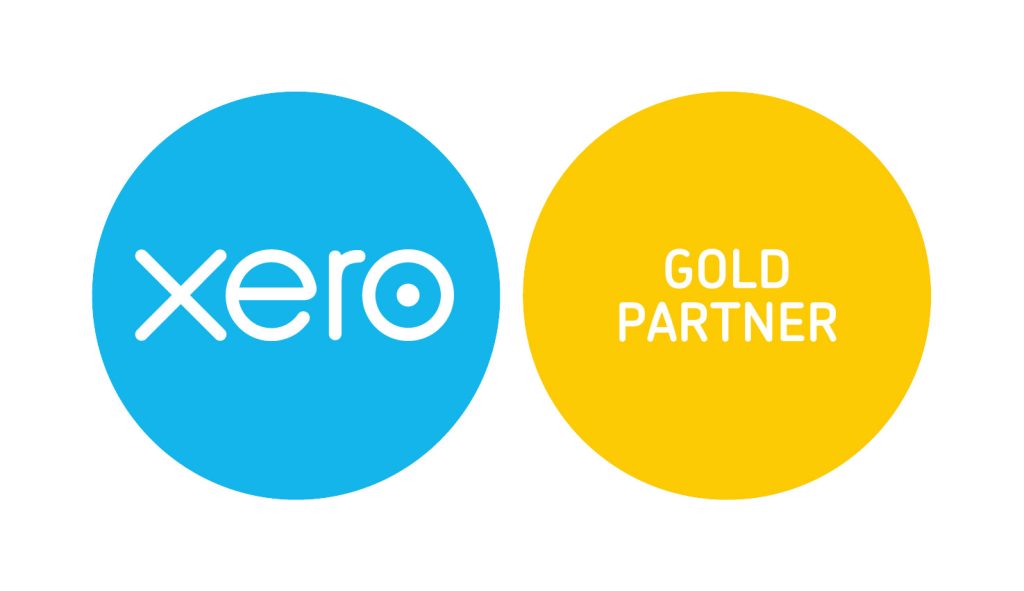A Director’s loan account works in a similar way to a bank account, where the business may be indebted to the director, or the director may owe money to the business. Both the business and the director must adhere to specific tax rules associated with overdrawn director’s loan accounts.
To avoid unnecessary tax charges, it is crucial to repay any overdrawn director’s loan account, regardless of the balance, to the company within nine months of the company’s year-end. Failure to repay the overdrawn loan account within this period will result in a 33.75% S455 tax charge being imposed.
Whilst there is often a stigma associated with overdrawn director’s loan accounts, they can be of benefit to businesses in situations where the company has surplus cash and the director requires a short-term loan.
In this blog, we will cover the tax and national insurance implications of having an overdrawn director’s loan account, as well as answer all the frequently asked questions we receive from our clients.
What is an overdrawn director’s loan account?
An overdrawn director’s loan account is where a director owes money personally to the limited company, and because a limited company is a separate legal entity from a company director, in most circumstances (providing the company’s articles allow), a company can lend money to its directors.
This can be either through a formal director’s loan agreement or, more commonly, overdrawn director’s loan accounts are generated when dividends are withdrawn in excess of retained profits.
For example, if a company has profits of £50,000, on which £9,500 of corporation tax is payable, the remaining retained profits amount to £40,500, can be distributed as dividends. If, however, the directors, who were also shareholders, decide to take a dividend payment of £60,000, £19,500 of this payment could not be classified as a dividend. Consequently, the directors are obliged to repay this money, which is added to the director’s loan account as part of the company assets.
An overdrawn director’s loan account can lead to cash flow problems for the business, especially where the director is using company money as their own money. This is why it is so important to separate the two.
If the company is a close company, i.e. has fewer than five shareholders, then there is what is known as an S455 corporation tax charge of 33.25%. This is imposed on the outstanding loan balance if it is not repaid within 9 months of the year-end. In the example above, this would mean that there would be an additional £6,483.75 payable with the corporation tax.
This tax is reported to HMRC with the company’s tax return. This tax is a payment on account and can be claimed back from HMRC 9 months after the year-end in which the loan is repaid.
Where the loan is interest-free, or interest is paid below the official rate, and the overdrawn loan exceeds £10,000, the overdrawn loan account will trigger a taxable benefit in kind.
The director will be required to pay tax on the value of interest paid below the official rate on the overdrawn loan balance, while the company will need to pay national insurance contributions on the benefit amount.
This benefit is reported to HMRC either through the payroll or on a P11d, after the tax year-end and on the director’s self-assessment tax return.
How is interest calculated on overdrawn director’s loan account?
Interest on an overdrawn director’s loan account is calculated at HMRC’s official rate on the average balance in a tax year.
So for 2022/23, if the balance on 6th April 2022 was £20,000 and on 5th April 2023 was £10,000, the average balance would be £15,000. At the 2022/23 official rate of 2%, the interest charged on overdrawn directors’ loan account should be £350.00.
If there was no interest charged on the director’s loan account, then the taxable benefit would be the full £350.00.
What happens if you can’t pay back a director’s loan?
Overdrawn director’s loan accounts are a personal liability of the company directors. Getting straight to the point, they are where directors have had company money that they have been loaned or drawn money out of the business when they shouldn’t of.
This money has to be paid back from personal funds, or in certain circumstances, the loan can be written off. However, writing off a director’s loan has further tax implications.
Legitimate business expenses, such as business mileage or travel, which have been personally paid for by the director and have not been reimbursed, can be deducted from the director’s loan.
It is possible to write off a director’s loan account, but there are tax implications associated with this. If the director is also a shareholder and the company is classified as a close company (fewer than five shareholders), subject to meeting certain criteria, including shareholder approval, the balance written off is treated as a deemed dividend.
Additionally, the company may face national insurance implications and may be required to pay employer NI on the written-off amount.
Where the director is not a shareholder, it is taxed as employment income. Therefore, income tax and national insurance are payable on the outstanding loan balance written off. This has to be included on the director’s tax return. The company may get corporation tax relief on the write-off subject to certain conditions being met.
Any amount written off will get disclosed in the financial statements and the company tax return in the accounting period that the loan is written off.
Please note that it is a director’s legal duty to act in the best interests of the company. Therefore when writing off a director’s loan account, we would always recommend taking advice to ensure that the directors fully understand the legal and tax implications for both the company and the director personally.
During a company liquidation, the insolvency practitioner has a legal duty to prioritise the recovery of the funds for the company’s creditors.
As the overdrawn director’s loan account is considered a company asset, they will look to seek repayment from the directors, especially if they possess personal assets to repay their outstanding loan account. This even applies to a director’s loan account that has been previously written off.
Corporation tax penalty
The main corporation tax implication is if the loan remains partially or entirely unpaid beyond nine months after the accounting period.
This triggers an S455 charge, requiring the company to pay corporation tax in advance on 33.25% of the loan director’s loan balance at the end of the accounting period.
If the director’s loan account is written off, in certain situations, the company will not get corporation relief on the write-off.
Frequently asked questions about overdrawn director’s loans
To learn more about overdrawn director’s loans, check out our FAQs below or contact us today
What happens to a director’s loan if the director dies?
The treatment of a director’s loan upon the director’s death is dependent on the provisions outlined in the company’s articles if there is a shareholders agreement in place and if there are any loan agreements in place between the director and the company.
In most cases, the loan account will form part of the director’s estate and will be repaid back to the company in the same way as any other debts they may have had.
Do you pay tax on director’s loans?
In most cases, if the loan account is under £10,000 and repaid within 9 months of the year-end, there will be no tax to pay.
However, as already discussed, the director’s loan accounts are complicated and need to be considered carefully. This is why we always recommend getting expert advice.
What happens to a director’s loan if the director resigns?
This is similar to the situation in death and depends on the agreements and articles in place. In the majority of situations, it will have to be paid back.
However, if the director lacks personal funds to settle the loan immediately, the company can come to an agreement with the director.
Stay on track with Spotlight
When you work with our expert team at Spotlight Accounting, we can help you avoid or manage an overdrawn director’s loan account.
Using Xero we have developed a report that gives an estimated tax bill and calculates if you have drawn dividends in excess of profit. This is available to all clients that use our annual accounts service and use Xero software.
As part of our 9-month tax planning review service, we look at the profits to date and dividends taken, identifying any instances of an overdrawn director’s loan account before the year-end. This allows plenty of time to resolve any potential tax liabilities before the end of the corporation tax accounting period.
Where a director is consistently overdrawn, our Spotlight on Track service can assist in putting a plan in place to clear the balance over a period of time. Additionally, our Spotlight on You service can look at how the business can grow to deliver the income you need.
Our team can also discuss the pros and cons of borrowing money from the company. This may be more relevant now; considering the recent increase in borrowing costs.
Conclusion
An overdrawn director’s loan account can be beneficial to a director who needs to raise short-term funds. However, if you consistently have an overdrawn director’s loan account, it can lead to potential cash flow problems for both yourself and the company, so it is important to seek advice before withdrawing funds.















